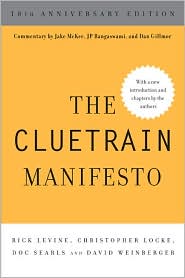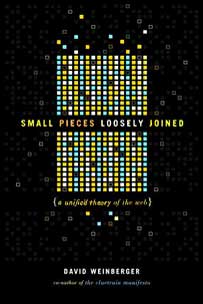February 1, 2018
Can AI predict the odds on you leaving the hospital vertically?
A new research paper, published Jan. 24 with 34 co-authors and not peer-reviewed, claims better accuracy than existing software at predicting outcomes like whether a patient will die in the hospital, be discharged and readmitted, and their final diagnosis. To conduct the study, Google obtained de-identified data of 216,221 adults, with more than 46 billion data points between them. The data span 11 combined years at two hospitals,
That’s from an article in Quartz by Dave Gershgorn (Jan. 27, 2018), based on the original article by Google researchers posted at Arxiv.org.
…Google claims vast improvements over traditional models used today for predicting medical outcomes. Its biggest claim is the ability to predict patient deaths 24-48 hours before current methods, which could allow time for doctors to administer life-saving procedures.
Dave points to one of the biggest obstacles to this sort of computing: the data are in such different formats, from hand-written notes to the various form-based data that’s collected. It’s all about the magic of interoperability … and the frustration when data (and services and ideas and language) can’t easily work together. Then there’s what Paul Edwards, in his great book A Vast Machine calls “data friction”: “…the costs in time, energy, and attention required simply to collect, check, store, move, receive, and access data.” (p. 84)
On the other hand, machine learning can sometimes get past the incompatible expression of data in a way that’s so brutal that it’s elegant. One of the earlier breakthroughs in machine learning came in the 1990s when IBM analyzed the English and French versions of Hansard, the bi-lingual transcripts of the Canadian Parliament. Without the machines knowing the first thing about either language, the system produced more accurate results than software that was fed rules of grammar, bilingual dictionaries, etc.
Indeed, the abstract of the Google paper says “Constructing predictive statistical models typically requires extraction of curated predictor variables from normalized EHR data, a labor-intensive process that discards the vast majority of information in each patient’s record. We propose a representation of patients’ entire, raw EHR records based on the Fast Healthcare Interoperability Resources (FHIR) format. ” It continues: “We demonstrate that deep learning methods using this representation are capable of accurately predicting multiple medical events from multiple centers without site-specific data harmonization.”
The paper also says that their approach affords clinicians “some transparency into the predictions.” Some transparency is definitely better than none. But, as I’ve argued elsewhere, in many instances there may be tools other than transparency that can give us some assurance that AI’s outcomes accord with our aims and our principles of fairness.
I found this article by clicking on Dave Gershgon’s byline on a brief article about the Wired version of the paper of mine I referenced in the previous paragraph. He does a great job explaining it. And, believe me, it’s hard to get a writer — well, me, anyway — to acknowledge that without having to insert even one caveat. Thanks, Dave!








